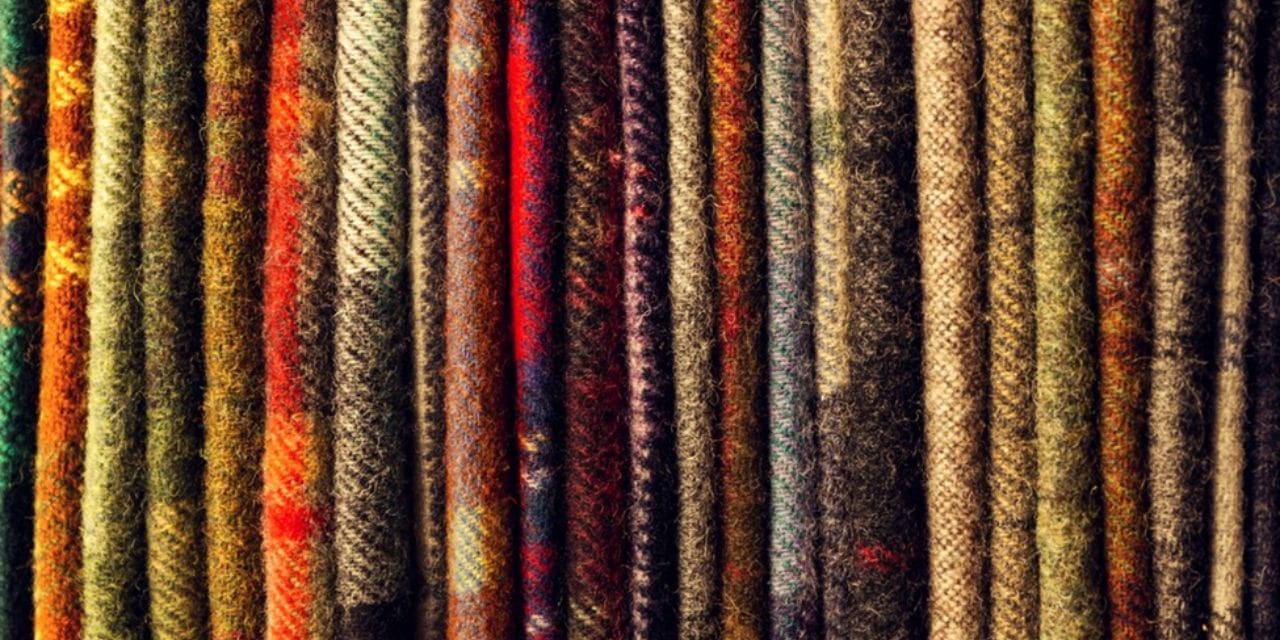By Tanvi Munjal
The shawl, a timeless garment draped across countless shoulders throughout history, boasts a rich story that transcends mere utility. Its journey, woven from threads of practicality, artistry, and cultural significance, offers a glimpse into a fascinating product value chain.
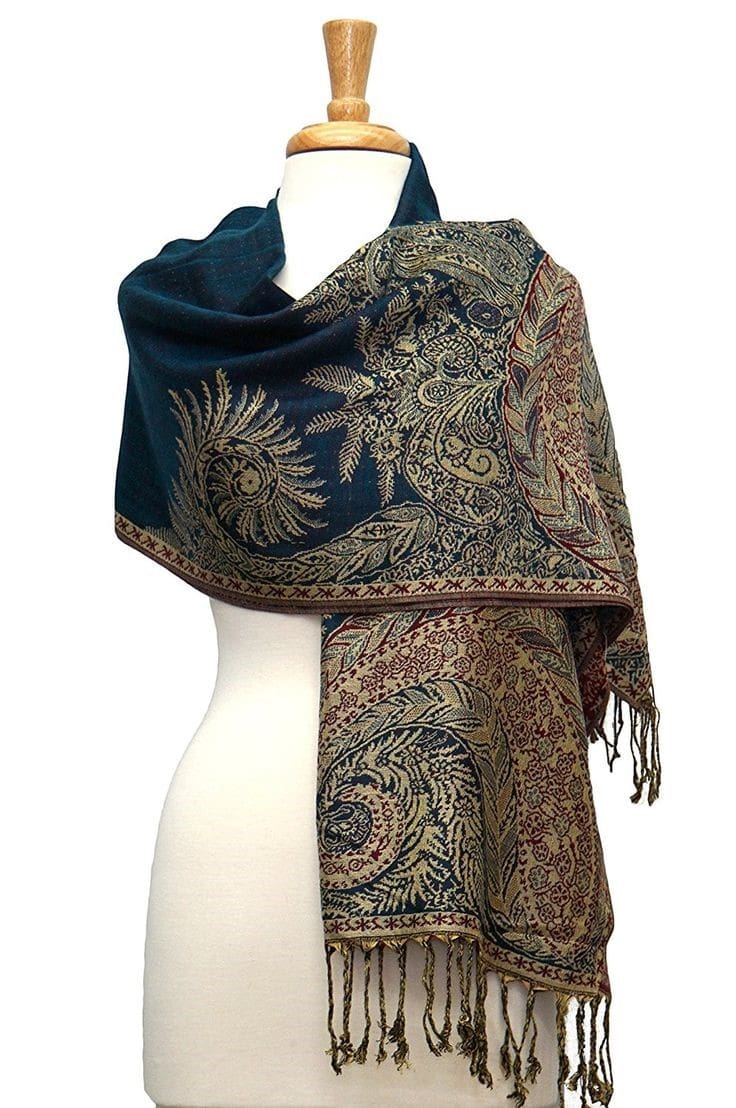 A History Steeped in Tradition
A History Steeped in Tradition
The origins of the shawl remain shrouded in the mists of time. Evidence suggests their existence in ancient Mesopotamia and Egypt, where they served as a form of protection from the elements. As civilizations flourished, shawls evolved, becoming status symbols in Greece and Rome. From the intricately embroidered pashminas of Kashmir to the vibrantly dyed tartans of Scotland, shawls became a canvas for cultural expression.
ABOUT PRODUCT
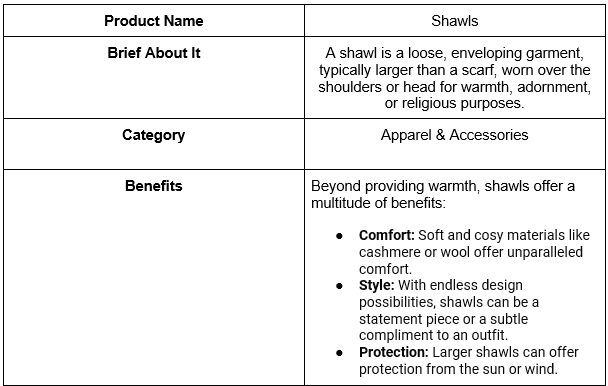
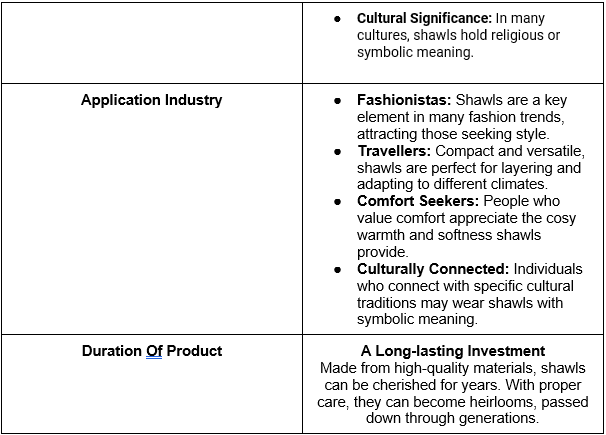
PRODUCTION PROCESS
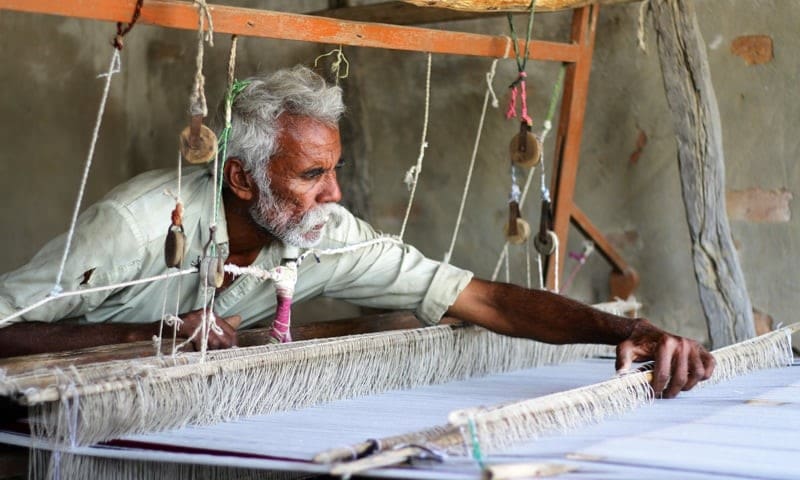 Shawls, those timeless and versatile garments, come in a vast array of materials and styles. But behind every beautiful shawl lies a fascinating production process, often steeped in tradition and craftsmanship. This section delves into the intricate steps involved in bringing a shawl from its raw materials to the finished product.
Shawls, those timeless and versatile garments, come in a vast array of materials and styles. But behind every beautiful shawl lies a fascinating production process, often steeped in tradition and craftsmanship. This section delves into the intricate steps involved in bringing a shawl from its raw materials to the finished product.
1. Material Acquisition: Fibres and Yarns
The foundation of any shawl lies in its fibres. Depending on the type of shawl, the process begins with acquiring various materials like:
- Animal Fibres: Cashmere, pashmina (from goats), wool (from sheep), mohair (from angora goats), and silk are all popular choices, prized for their warmth, softness, and durability. These fibres are obtained through shearing or combing the animals.
- Plant Fibres: Cotton, linen, and hemp are popular options for shawls seeking breathability and a lighter feel. These are harvested from their respective plants.
- Synthetic Fibres: Polyester, acrylic, and rayon are man-made alternatives that offer affordability and easy care.
Handloom/Powerloom: This is not a machine-based step. Here, raw materials like wool, cashmere, cotton, or synthetic fibres are obtained.
After acquisition, the raw fibres undergo processing like cleaning, combing, and carding to remove impurities and align the fibres for smooth spinning. Spinning then transforms these fibres into yarn, the thread used for weaving the shawl.
- Machine: Industrial spinning frames (Powerloom) – These are complex machines with multiple spindles for high-volume yarn production.
- Brands: Rieter, Schlafhorst, Trützschler, Saurer
Scouring and Carding (Handloom or Powerloom):
- Handloom: Fibres are washed in hot water with natural soap to remove grease and dirt. Then, they are carded by hand using metal brushes to detangle and align the fibres.
- Powerloom: Industrial scouring machines use detergents and water for cleaning. Carding machines utilise rollers with metal teeth to achieve the same result as hand carding.
2. Dyeing (Optional)
For shawls with vibrant colours, the yarn goes through a dyeing process. Natural dyes, derived from plants, insects, and minerals, can be used for an eco-friendly touch. Synthetic dyes offer a wider range of colours but may contain chemicals.
- Machines: Industrial Dyeing Machines. Fibres or yarn are dipped in vats containing natural or synthetic dyes. Large-scale power loom operations might use more sophisticated dyeing machines for consistent colour.
- Brands: Ahiba, Benninger, Monforts Textilmaschinen, Mathis Machinery
3. Weaving the Magic: From Loom to Shawl
The heart of shawl production lies in weaving. Here’s a breakdown of the general weaving process:
- Warp and Weft: Threads are strung on a loom in two directions: vertically (warp) and horizontally (weft). The interlacing of these threads creates the fabric of the shawl.
- Looms: Traditional shawls are often woven on handlooms, a slow but meticulous process that allows intricate patterns and designs to be incorporated. Power looms offer faster production but may lack the same level of detail.
- Machines: Sectional warping machines (Powerloom) – These are automated machines that create a precise warp beam for weaving.
- Brands: Picanol, Toyota Industries, Tsudakoma Corporation, Dornier, Itema Group
- Weaving Techniques: There are various weaving techniques employed to create different textures and patterns. Plain weave, twill weave, and tapestry weave are some common examples.
- Machines: Power looms – These are electronically controlled looms that can weave intricate designs efficiently.
4. Finishing Touches
Once woven, the shawl undergoes finishing processes to enhance its look and feel:
- Washing: The shawl is washed to remove any residual weaving oils or dirt.
- Machines: Industrial washing machines
- Brands: Fong’s National Holdings, A. Monforts Textilmaschinen GmbH, Texwin
- Fringe Addition (Optional): For a classic touch, fringes may be added by hand or machine.
- Brushing or Shearing: Some shawls, particularly those made from cashmere or pashmina, are brushed or sheared to create a luxuriously soft finish.
- Ironing or Steaming: A final ironing or steaming ensures the shawl has a smooth and polished appearance.
Machines: Industrial washing machines, dryers, and calendars (pressing machines) (Powerloom)
5. Variations: Embellishments and Modern Methods
The world of shawls extends beyond the basic production process. Here are some interesting variations:
- Embellishments: Beads, embroidery, tassels, and other decorative elements can be added to create unique and eye-catching shawls.
- Knitting and Crocheting: These techniques offer more flexibility in design and pattern creation, allowing for handmade shawls with a personal touch.
- Machine-Made Shawls: Modern technology allows for mass production of shawls using advanced machinery. While faster and more affordable, these shawls may lack the individuality of handcrafted pieces.
From the delicate fibres of a goat to the skilled hands of a weaver, shawl production is a journey that transforms raw materials into cherished garments. Whether a luxurious pashmina or a cosy knit creation, each shawl holds a story of tradition, craftsmanship, and timeless appeal of these versatile pieces.
INDUSTRY OUTLOOK (TOP BRANDS)


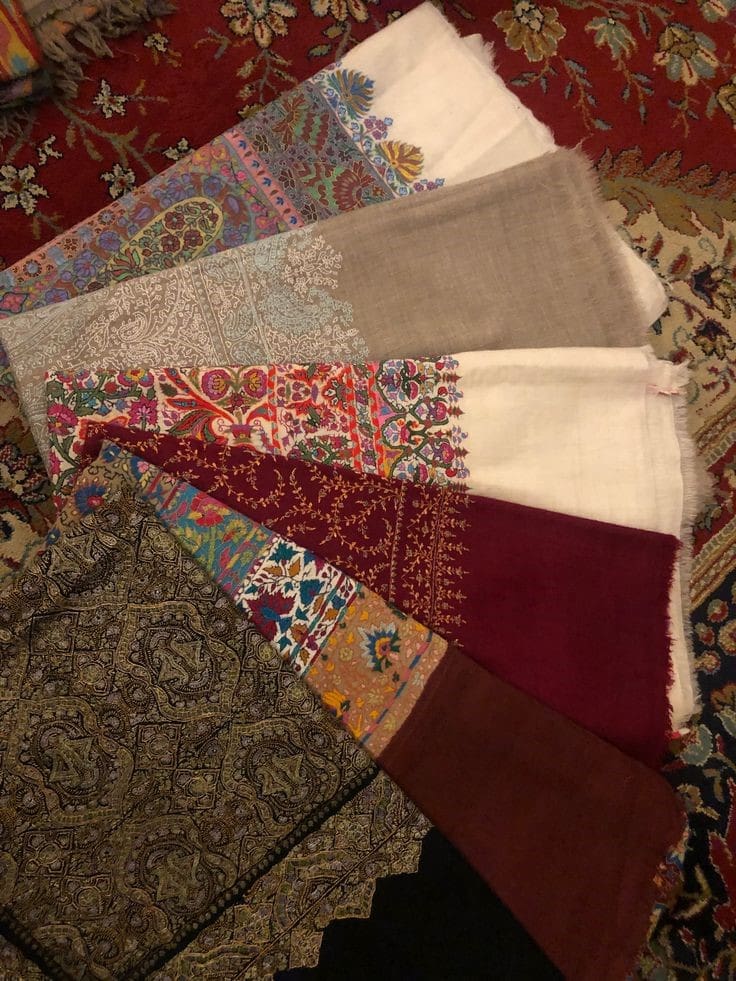
- Strengths: Strong cultural heritage, skilled artisanship, and diverse materials and techniques.
- Weaknesses: Fragmented production, limited marketing and branding, susceptibility to imitation.
- Opportunities: Growing global demand for authentic products, rising e-commerce penetration, and potential for product diversification.
- Threats: Synthetic substitutes, fast fashion trends, lack of intellectual property protection.

